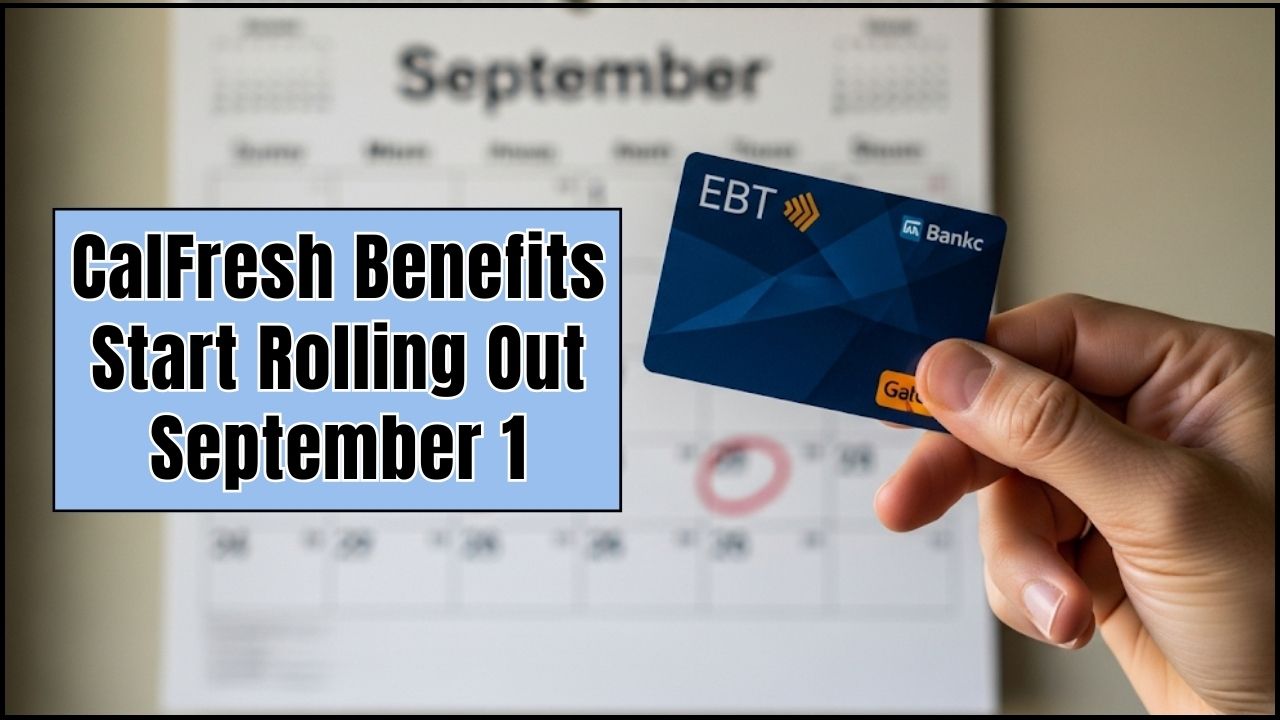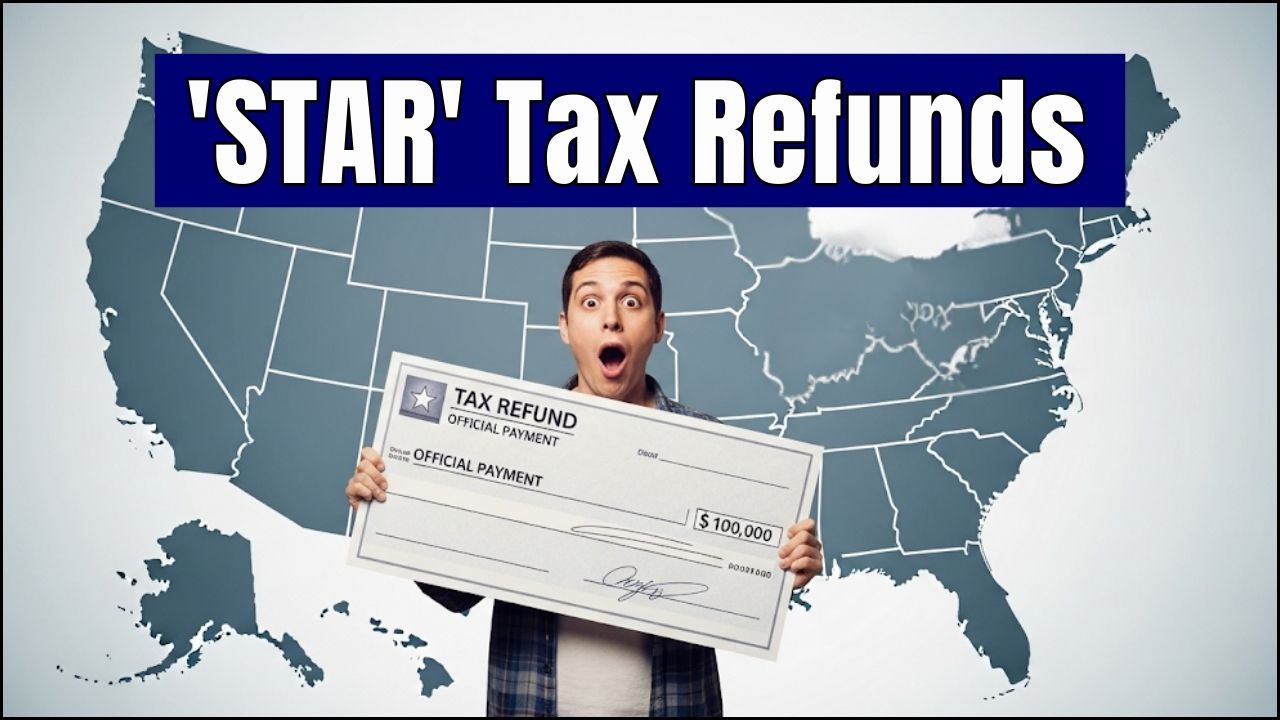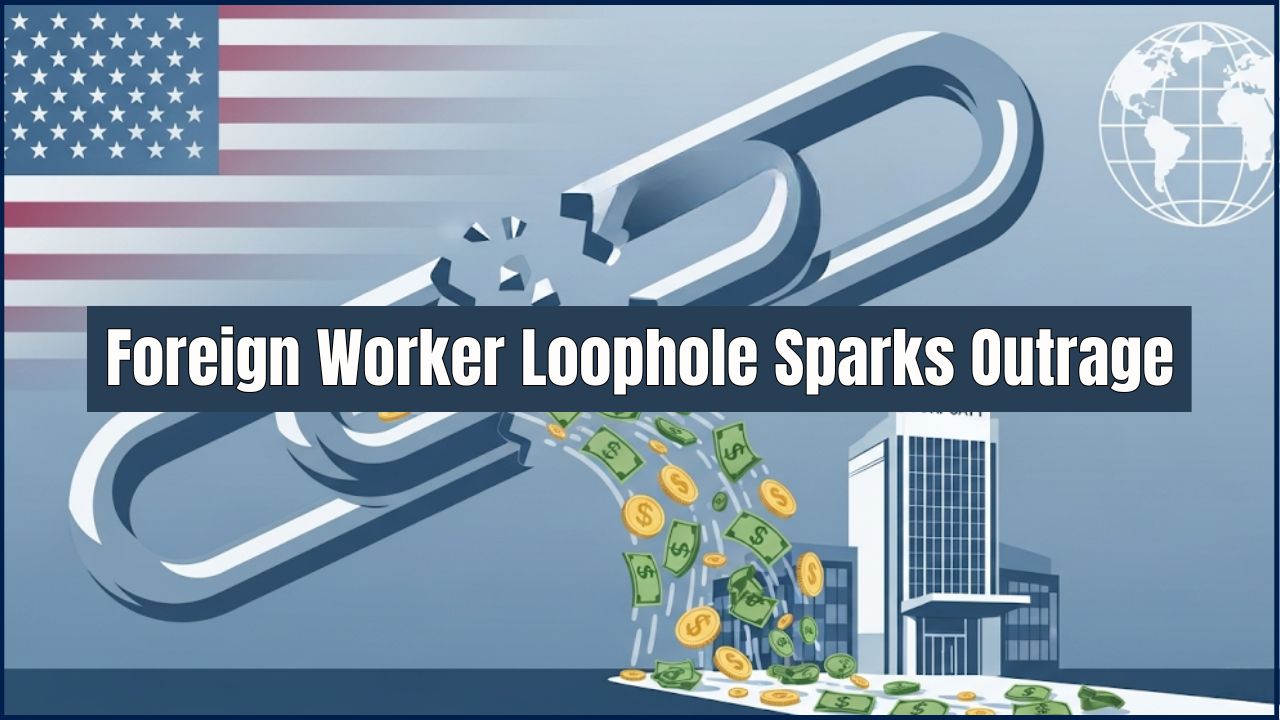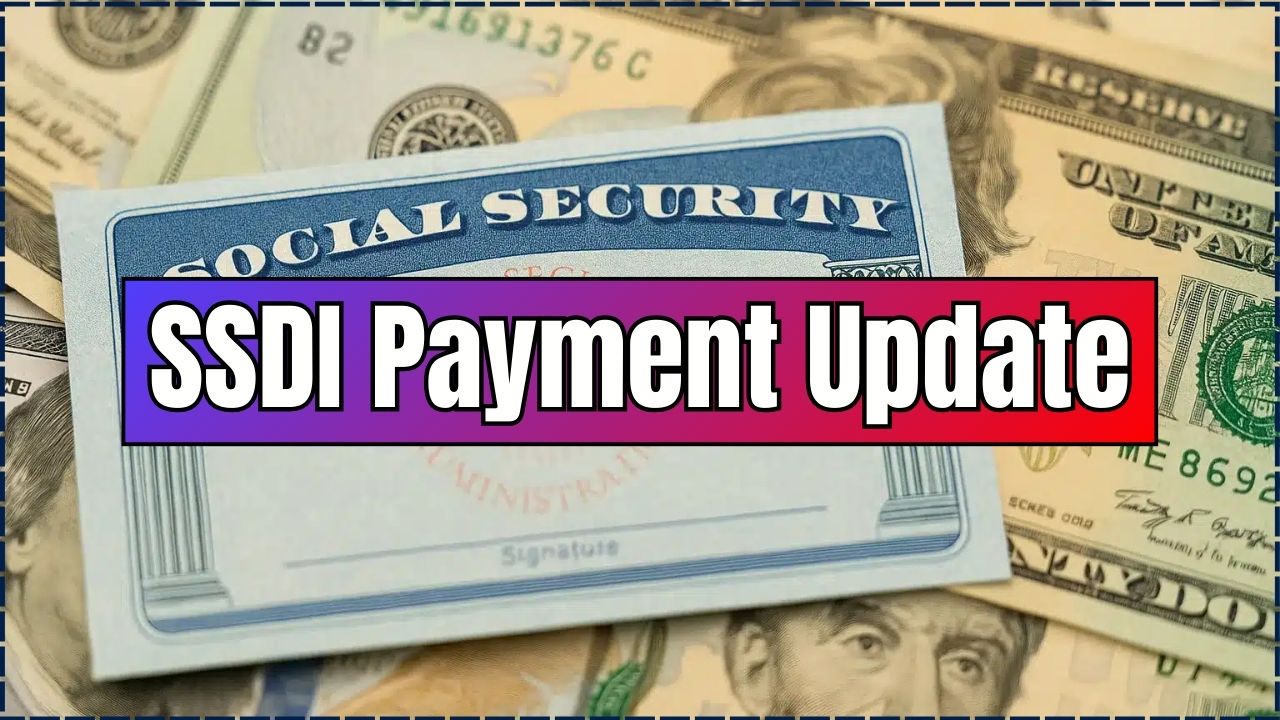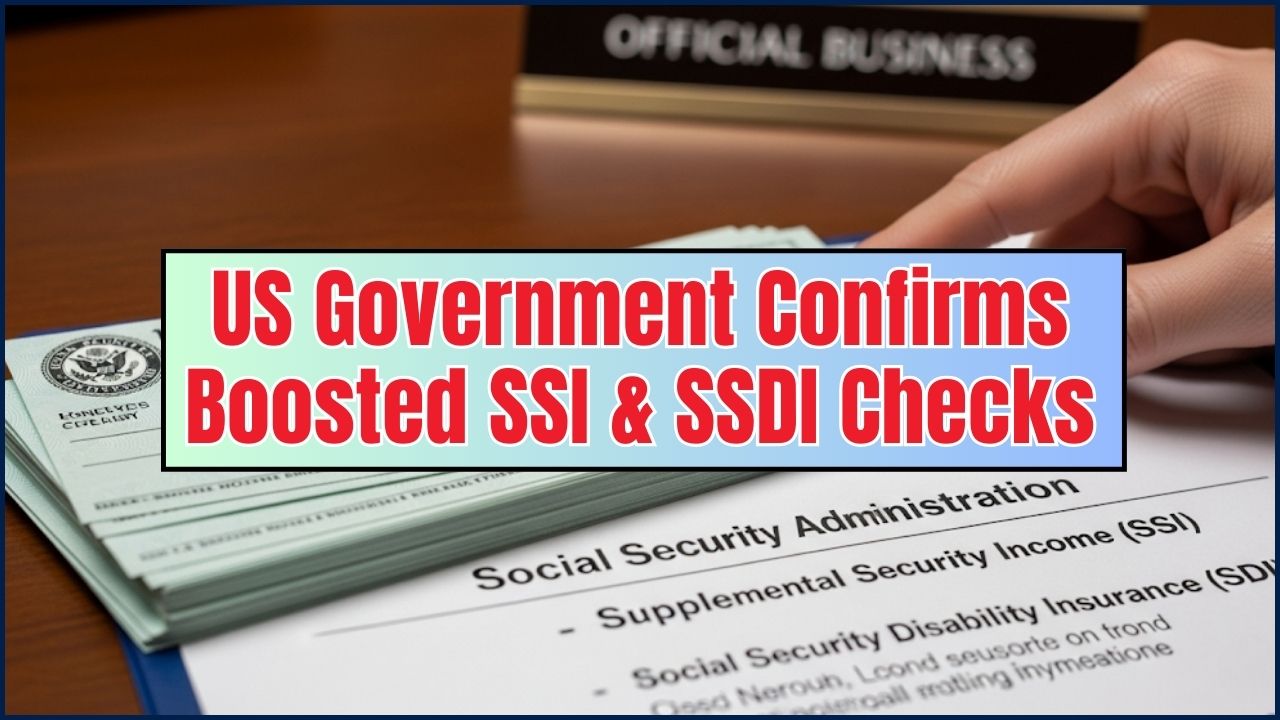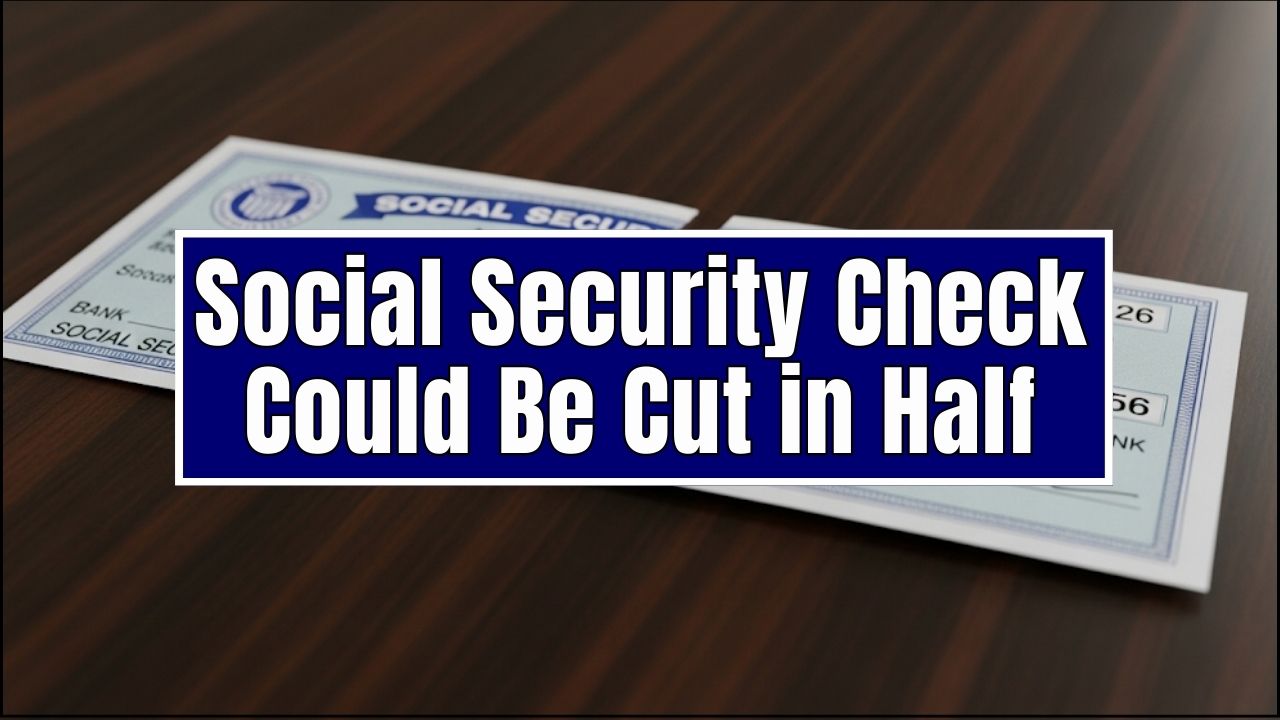If you’ve got plans to visit, work, or study in the United States after 2025, here’s the deal — your bank account’s gonna feel it. Starting October 1, 2025, U.S. visa fees are set to skyrocket, with many applications costing up to $435 per person.
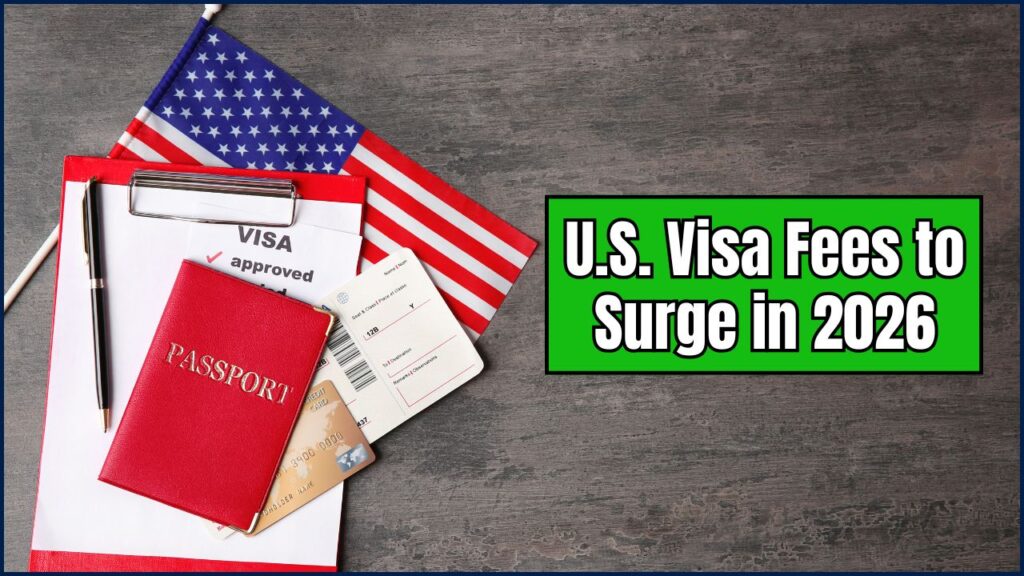
This jump is fueled by a brand-new $250 “Visa Integrity Fee”, part of the One Big Beautiful Bill Act, signed into law on July 4, 2025. The fee hits nearly all nonimmigrant visas — from tourist (B-1/B-2) to student (F, M), work (H-1B), and exchange (J) visas. Only a lucky few — holders of A and G diplomatic visas — are off the hook.
U.S. Visa Fees to Surge in 2026
| Detail | Information |
|---|---|
| Implementation Date | October 1, 2025 (FY 2026) |
| New Fee | $250 Visa Integrity Fee |
| Total Cost for Standard Visitor Visa | $435 ($185 base + $250 fee) |
| Visa Types Affected | B-1/B-2, F, M, J, H-1B, L, O, P, R, and most nonimmigrant visas |
| Exemptions | Diplomatic visas (A, G) |
| Refund Option | Only after visa expiration and full compliance with visa terms |
| Inflation Indexing | Fee increases annually with inflation |
| Official Info | U.S. Department of State |
The 2026 U.S. visa fee hike isn’t just a blip — it’s a major shift in how much it costs to visit, study, or work in America. With the new $250 Visa Integrity Fee, a standard tourist visa will now run $435 — and even more when other charges are added.
If you’re even thinking about traveling to the U.S. in the next couple of years, applying before October 1, 2025, could save you hundreds and help you avoid the last-minute appointment chaos.
Why the Price Hike?
According to NAFSA, the U.S. government says the fee will help fund fraud detection, immigration compliance monitoring, and administrative processing.
Plain talk: The U.S. wants tighter border control, more secure visa processes, and better tracking of travelers’ compliance with visa rules.
Historical Context: How Visa Costs Have Climbed
| Year | Tourist Visa Fee (B-1/B-2) | Notes |
|---|---|---|
| 2008 | $131 | Post-9/11 security surcharges |
| 2012 | $160 | First major global standardization |
| 2023 | $185 | Inflation adjustment |
| 2026 | $435 | Integrity Fee + inflation tie-in |
That’s a 232% increase since 2008 — and the 2026 jump is the largest one-time increase in decades.
Breaking Down the New Costs
- Tourist/Business Visa (B-1/B-2)
Old: $185 → New: $435 - Student/Exchange Visa (F, M, J)
Old: $185 → New: $435 - Petition-based Work Visa (H, L, O, P, R)
Old: $190 → New: $440
Other add-ons:
- I-94 Fee: $6–$24
- ESTA: $21
- EVUS: $30
Some travelers may pay close to $470 after adding these extras.
Impact on Different Groups
Tourists
- Short trips may lose appeal compared to destinations like Canada or Mexico.
- Families of four could spend nearly $1,900 just on visa fees.
Students
- Adds hundreds to already high education costs.
- Could influence students to choose countries like Canada, Australia, or the UK.
Business Travelers
- Companies sending multiple employees could see annual travel budgets jump by thousands.
Family Visitors
- Relatives attending graduations, weddings, or holidays in the U.S. will face higher entry costs.
Real Stories
- Carlos from Brazil: A photographer visiting New York twice a year will now spend an extra $500 annually on visa fees.
- Aisha from Kenya: Applying for an H-1B work visa, her employer must now budget for the extra fee for all incoming staff.
- Li Wei from China: Family of three visiting California will spend an extra $750 on visas alone.
Cost-Saving Strategies
- Apply before Oct 1, 2025 to lock in the old rates.
- Check eligibility for the Visa Waiver Program — saves the visa fee entirely.
- Plan longer stays instead of multiple short trips.
- Coordinate group applications to share transportation and paperwork costs.
Step-by-Step: Apply Before the Hike
- Check Eligibility: Confirm which visa type you need.
- Gather Documents: Passport, DS-160, proof of funds, itinerary.
- Book Early: Interview wait times can stretch months.
- Pay Now: Paying the current fee locks your rate.
- Attend Interview: Arrive with supporting documents and clear answers.
Expert Insights
“This is the largest fee increase I’ve seen in my 15 years of practice,” says Michelle Alvarez, an immigration attorney in Los Angeles. “If your travel plans are flexible, apply now — the savings are real, and the backlog will be worse as the deadline approaches.”
2025 vs. 2026 Visa Fees
| Visa Category | Current Fee (2025) | New Fee (2026) |
| Tourist/Business (B-1/B-2) | $185 | Approx. $435 |
| Student (F/M) | $185 | Approx. $435 |
| Temporary Workers (H, L, O, P, Q, R) | $205 | Approx. $455 |
| Treaty Traders/Investors (E) | $315 | Approx. $565 |
Top 3 Mistakes to Avoid
- Don’t Rush Your Application. With the new fees, a single mistake on your application form could lead to a denial and the loss of your money. Take your time, double-check all information, and ensure your passport details are an exact match.
- Don’t Misrepresent Your Intentions. Be honest and clear about your purpose of travel. Trying to hide a previous visa rejection or misstating the reason for your trip (e.g., saying you’re a tourist when you intend to work) is a surefire way to get a denial and could result in a permanent visa ban.
- Don’t Overlook Financial Proof. Consular officers need to be convinced that you can financially support your trip without working illegally. Make sure your financial documents, like bank statements or a sponsor’s letter, are complete and clearly show you have the funds needed.
Future Outlook
Travel industry analysts predict:
- A pre-hike surge in applications mid-2025.
- A potential dip in U.S. inbound tourism in 2026.
- Growth in Canada and Europe as alternative destinations.
According to the U.S. Travel Association, visa processing times are already a top complaint among international travelers — adding cost pressure could amplify the challenge.
FAQs
Q: Who pays the Visa Integrity Fee?
Almost everyone applying for a nonimmigrant visa except diplomats (A, G visas).
Q: Can I get a refund?
Only after your visa expires, and only if you complied with all terms.
Q: Will the $250 always stay the same?
No — it’s tied to inflation and will likely go up annually.
Q: What’s the cheapest option?
If you’re from an eligible country, use the Visa Waiver Program.
